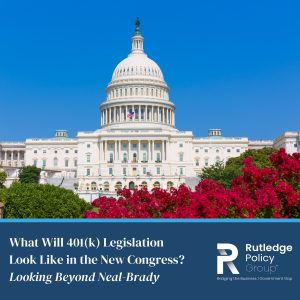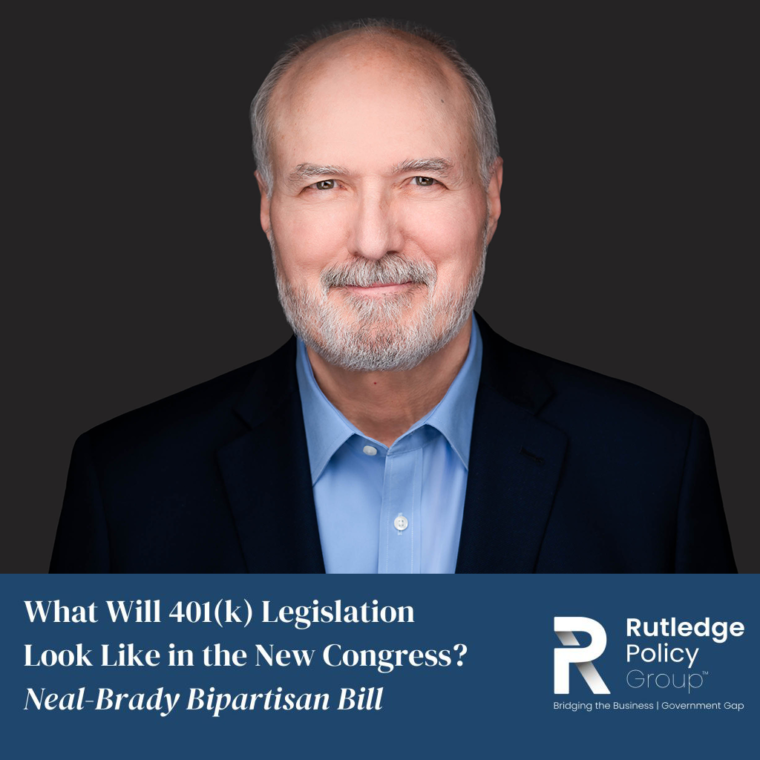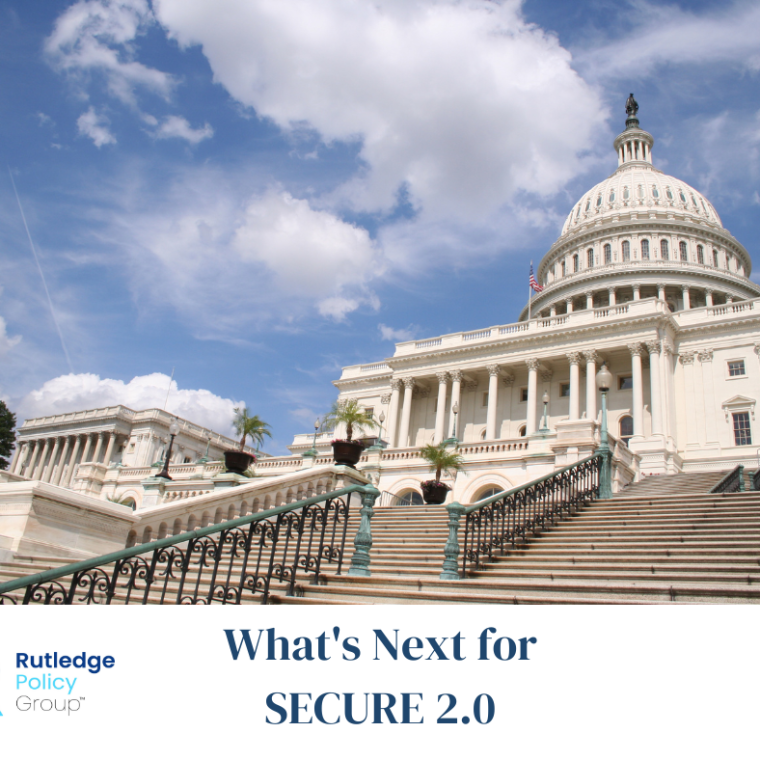 In my last blog, I outlined some of the key provisions of the Neal-Brady bill — aka, the SECURE Act 2.0. In today’s post, let’s look at what retirement legislation may develop beyond Neal-Brady, now that the Democrats control the White House, House of Representatives, and the Senate.
In my last blog, I outlined some of the key provisions of the Neal-Brady bill — aka, the SECURE Act 2.0. In today’s post, let’s look at what retirement legislation may develop beyond Neal-Brady, now that the Democrats control the White House, House of Representatives, and the Senate.
Recently, House Ways and Means Committee Chairman Richard Neal (D-MA), co-author of Neal-Brady released the Committee’s priorities for the 117th Congress:
- Something Must Change: Inequities in U.S. Policy and Society provides the context for the Committee’s legislative priorities.
- A Bold Vision for a Legislative Path Toward Health and Economic Equity defines the Committee’s policy priorities, which are designed to broaden economic and health equity, including through greater retirement security.
Here’s how this agenda may influence upcoming retirement legislation.
Automatic 401(k) Plans
Consistent with the Chairman’s “Bold Vision” release, a new retirement bill being drafted by House Democrats is expected to include a provision for automatic, deferral-only retirement savings plans, such as 401(k), 403(b) or SIMPLE IRA plans. Employers with 10 or more employees would be required to sponsor a plan.
Automatic Enrollment
Full-time employees (at least 1,000 hours of service) would be automatically enrolled following one year of service. Part-time employees (at least 500 hours of service) would be automatically enrolled after the second year of service.
Automatic Escalation
Employees would be automatically enrolled at a minimum of 6% of compensation for the first year. Thereafter, the contributions would increase by 1% per year up to a maximum of 10% of compensation in an employee’s fifth year of participation.
Automatic Annuitization
Employers with more than 100 employees must make at least 50% of every vested account available for distribution in a form that provides guaranteed income for life.
In the retirement industry, the focus is beginning to shift toward providing income throughout retirement. The primary drivers of this trend are the disappearance of traditional pension plans, long-term, low interest rates, and the need to provide individuals with the opportunity to earn a dignified retirement (economic equity).
More Aggressive Saver’s Credit Plan?
The Neal-Brady bill introduced last year would expand the Saver’s Credit to a flat 50% credit to all eligible households, capped at $1,500, for retirement plan contributions, up from $1,000.
The Ways and Means Committee’s economic equity policy priorities includes making the Saver’s Credit refundable so that even those who don’t have a tax liability would benefit. In the Senate, Senators Rob Portman (R-OH) and Ben Cardin (D-MD) also have championed legislation with a refundable Saver’s Credit that would be deposited directly into a retirement account. I expect movement on legislation in this direction in 2021.
Outlook for Auto-IRAs?
Auto-IRAs — also known as state-sponsored retirement plans (SSRPs) or state-mandated retirement plans — have been gaining traction slowly. So, if auto-enroll becomes law, will demand from small employers lead more states to adopt their own SSRPs?
Not necessarily. Federal automatic retirement savings legislation will grandfather existing SSRPs. Also, a Simple IRA is likely the easiest solution for small employers who need to fulfill the auto-plan requirement. In addition, we will see more Pooled Employer Plans (PEPs) coming online in 2021 (the SECURE Act made them more attractive), offering yet another alternative for small businesses seeking economies of scale. And PEPs may become available to 403(b) plans, as outlined in another piece of bipartisan legislation introduced last year by Reps. Ron Kind (D-WI), Mike Kelly (R-PA) and Jason Smith (R-MO), the Savings for all Vocations Enhancement (SAVE) Act.
Replace Deferral with Tax Credit?
The Biden Administration has indicated that it will propose replacing the current 401(k) tax deduction with a fixed tax credit. Depending on the details, this could be controversial.
A proposal to replace the 401(k) deferral with an 18% tax credit was the subject of a hearing in the Senate Finance Committee in 2011. It fell flat at the time. However, the then-sponsors of that proposal claimed that an 18% credit would increase revenues by over $450 billion. The Biden tax credit reportedly would be 26% rather than 18%.
Retirement savings reform often raises revenue, which can reduce the deficit or pay for other initiatives. That makes it a tempting area of reform. But we will have to see the full details of any new proposal to determine whether it would be a positive development for retirement policy.
Bills going through “regular order” generally need revenue-raisers to offset revenue losses (or spending increases). At the same time, bear in mind that retirement legislation historically has been oriented toward policy evolution, with any revenue changes incidental to policy. I expect that we will see much back-and-forth in the revenue-raising area throughout 2021, with the outcome for specifics not yet predictable.
Financial Transaction Tax for Retirement Plans?
Here’s another proposed revenue-raiser that we need more details on. Progressives have supported a financial transaction tax for some time. Retirement plans, including 401(k) plans, would be covered unless they are specifically carved out in the legislation.
So, once again, we will have to await the details. Although it’s possible that the Biden Administration would support this legislation as a revenue-raiser, it’s unclear whether the Administration would like to see retirement plans carved out.
How We Can Help
Rutledge Policy Group can help you navigate 2021’s retirement legislation and its impact on your business. Contact us today.

